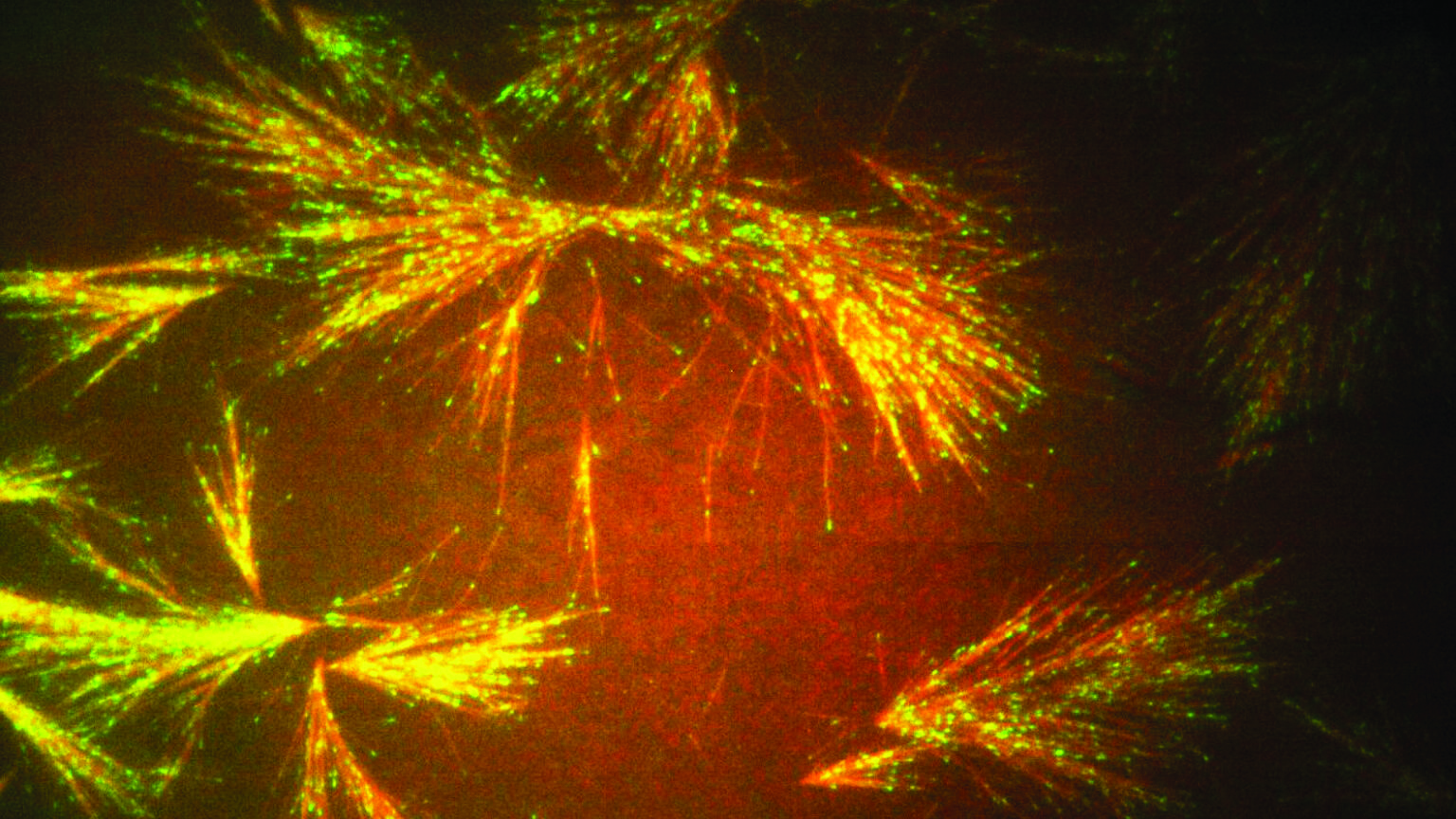From cellular scaffolds to gold from e-waste, here’s a snapshot of technological and engineering innovation.
Innovation in Australia and across the globe continues apace – here are four of the latest engineering technologies and innovations.
Cellular scaffolds
Engineers at the University of Princeton have developed a technique that permits them to grow tiny biopolymer networks on a microchip, creating a circuit that operates with chemical, rather than electrical, signals.
Using thin rods found within cells named microtubules, the researchers constructed a cellular skeleton that could adjust the course of a chemical carrier and direct the path of a molecular payload. The researchers are also considering using the networks to manipulate microscopic objects.

“Engineers and physicists have started to study microtubules as components to build novel materials and technologies,” said Dr Meisam Zaferani. “There are many mysteries about their fundamental properties, but we know enough to start to think about how we could engineer these systems.”
The technology could one day be used for medicines, soft robotics and high-precision biomolecular transport.
Gold from e-waste
A technique developed at Switzerland’s ETH Zurich uses a by-product of cheesemaking to recover gold from electronic waste.
Unlike current energy-intensive methods that use toxic chemicals, the ETH team used a sponge formed from denatured whey proteins that were aggregated into protein nanofibrils. The team then dissolved e-waste in an acid bath to form a metal-ion solution, into which they inserted the protein-fibre sponge.

The gold ions adhered to the fibres, and heating the sponge then caused the gold to flake off. The team believes the technique could be improved so that it would work for other industrial uses, such as microchip manufacturing.
“The fact I love the most is that we’re using a food industry by-product to obtain gold from electronic waste,” said Professor Raffaele Mezzenga. “You can’t get much more sustainable than that.”
Laser breath-analysis
A University of Adelaide study has developed a breath-analysis device that uses laser-based measurement to assess a user’s health. Using frequency comb spectroscopy, the device can pinpoint molecular markers of human health with speed, simplicity and efficiency.
Able to detect tiny traces of molecules and distinguish between similar molecules, such as different isotopes of carbon dioxide, the tool can observe the changing metabolism of living organisms.
“Breath analysis detects gas-analytes such as exhaled volatile organic compounds and inorganic gases that are important biomarkers for various disease types,” said Dr Sarah Scholten. “By looking at the colour of light and the amount of gas absorption, we can identify which and in what concentration gas molecules are present.”
Initial experiments have been conducted using yeast, which produces carbon dioxide-intensive “breath” similar to humans. The researchers plan to next shift their research from microorganisms to people.
Orchard protection
Climate change is seeing apple orchards blossom earlier in the year than ever, when they’re still susceptible to frost damage. Pennsylvania State University researchers are addressing the problem with a cyber-physical system that draws on wind and temperature data in real-time, then uses a propane-fuelled heater to provide warmth to plants where it’s needed.
Mounted on an unmanned ground vehicle, the system greatly reduces damage to apple trees. Agricultural researchers have previously tried to apply heat to thwart damage to plants, but have found it difficult to deal with unpredictable environmental conditions.
“Wind is often treated as an uncontrollable factor when growers are implementing heating tasks in orchards because it greatly affects heating performance,” said Assistant Professor Long He.
“To overcome the challenges growers face, we developed a system capable of monitoring the environment and taking actions in response to the monitored data.”
